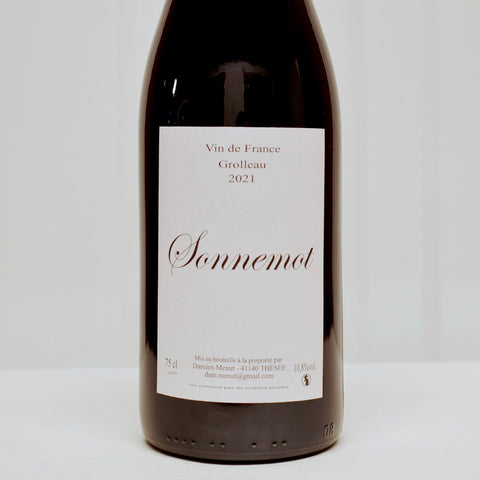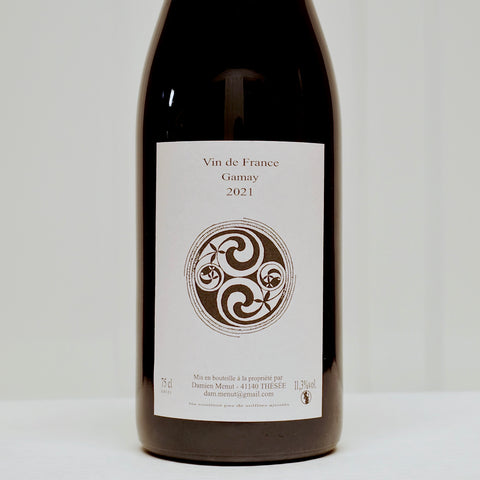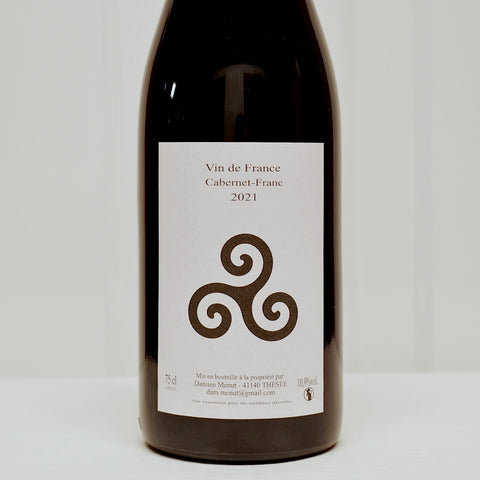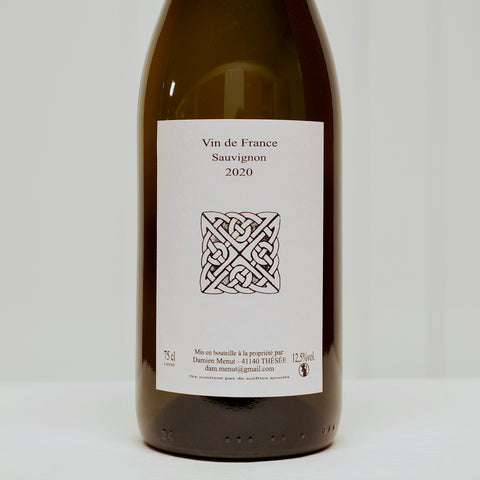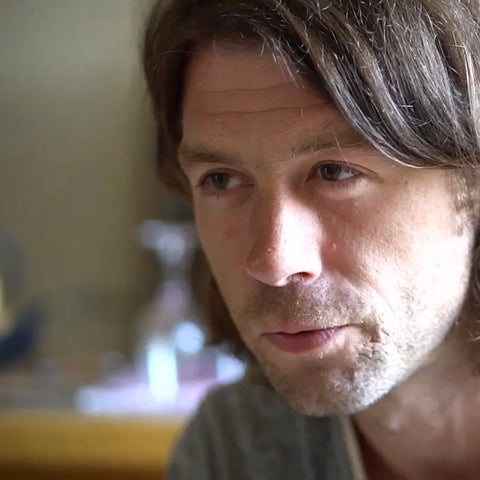
Damien Menut | Touraine
Damien Menut’s operation is bijou in the best sense of the word: obscure, tiny, spartan and operated following a unique personal standard.
His minimalist ethos sits on the narrow band between insouciance to embellishment and self-motivated essentialism. But he also exhibits a tendency to be self-inquiring, a trait that was immediately apparent once we began tasting from barrel to barrel. We were suddenly in the company of a perspicacious wine taster who openly critiqued what was in the glass, even though the wine was his.
This Brittany-native fell into wine gradually. It started when he helped out at a harvest in 2010 while working in a wine shop in Paris. Thereafter Damien continued to add more repertoire to his wine career — working at Domaine Faiveley to acquaint himself with the commercial aspects of wine growing, taking up organic viticulture studies in a wine school in Amboise, and finally an apprenticeship with the legendary natural wine grower Bruno Allion who was based in Thésée. This turned out to be a decisive turning point. When Bruno decided to retire in 2016, Damien embraced the life of a vigneron and made his first harvest. He stayed on at Thésée to build his vineyard collection which now spans across 4 hectares.
As would be expected, the operation is very DIY and painfully low-tech: hand-harvesting, followed by hand-destemming (where required) and hand-pressing using an extinct wooden vertical press, then ageing in used barrels before assemblage. Bottling, corking and labelling are also done by hand. No sulphite is ever used at any stage for any wine. As a Breton (native of Brittany), Damien channels his heritage through the iconic Celtic symbols he pictures on his labels.

Damien wears his natural wine philosophy with casual ease, so candid as if apart from it, he has never known any other way. A gentle soul, he neither extols his purist methods nor disdains anyone who works differently.
In many ways, the wines reflect who he is, conveying facets of his meditative calm and punctiliousness. But they are also brilliantly detailed — elucidative and animated in unexpected ways. Consider these: a deeply spiced Gamay the layers of which are more akin to a Pinot Noir; or a lacy, whispery Cabernet Franc so aromatic and quenching; or an airy old-viney Grolleau more beguiling and gulpable than your choicest Beaujolais; or his complex, electric Sauvignon Blanc so stunning you would rethink what you know about the grape.
They are lovely in every possible way. Every cuvée is full of sophisticated elan manifested with clarity and focus. They are archetypes of buoyant, mouthwatering cool-climate wines that beg repeated sipping.
This year’s release, Damien’s output was a scant 5,700 bottles. He refused to offer another cuvée as its volatile acidity exceeds the level of that from a healthy wine. Listening to him, it became apparent that he would not hesitate to disqualify any wine if deemed faulty, a big blow to such a minuscule operation. We felt bad for him, but at the same time it is this exactitude that reassures us we have found yet another gem of a vigneron.

